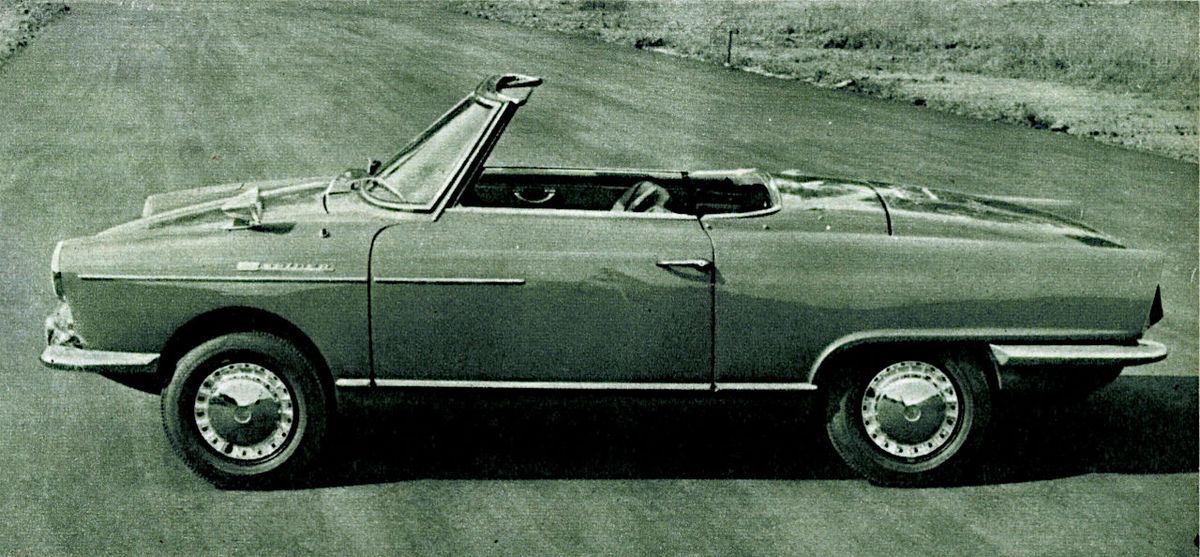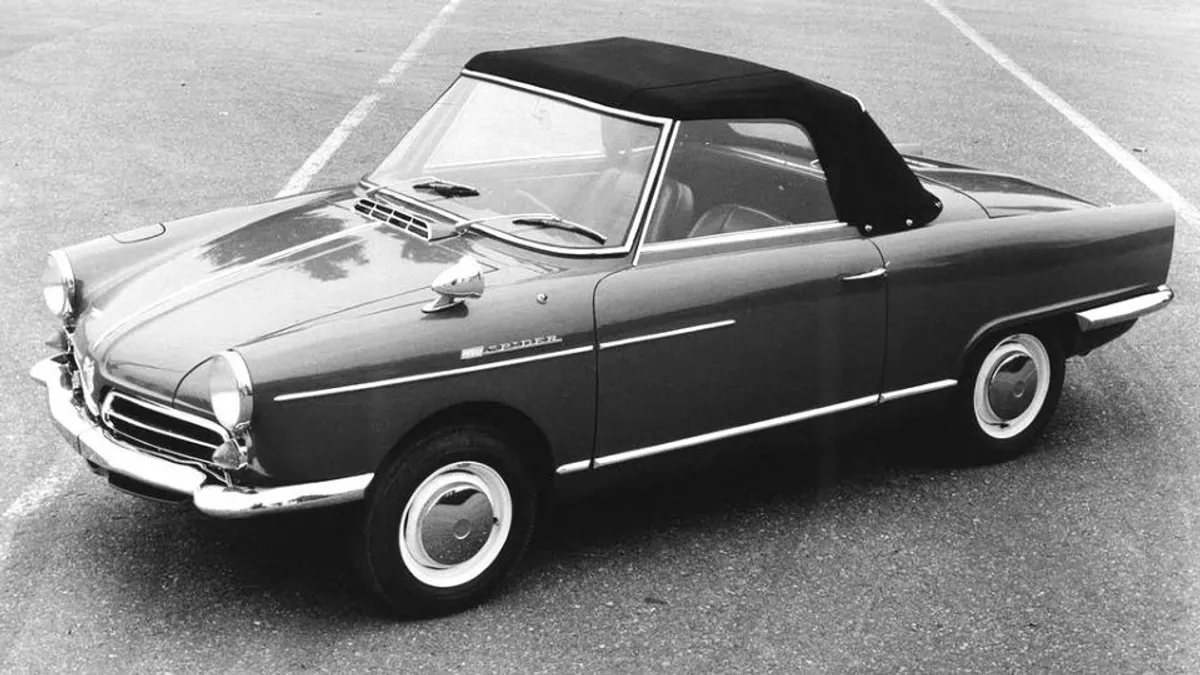In our roundup of Budapest World Show highlights, we noted that a Wankel-powered Spider was on display at the NSU stand alongside the Prinz and 1000. We promised that we would deal with this model separately, because the experimental department of the plant once again pointed out something new. The new car is a front-wheel-drive five-seater grand tourer with a twin-disc Wankel engine, which could make a splash at the Frankfurt Motor Show in the fall as a production surprise. But before we get to the Ro 80, which is still in beta, let's talk about a test ride I took a few days ago with the smaller, open-body NSU.
Image: Automotive Engine
Open roof touring with planetary piston engine
The Wankel Spider pictured, which I was able to sit behind the wheel of, was an “original” factory piece. I walked out of the assembly hall in Neckarsulm at the beginning of May. One of NSU's technical leaders, Rudolf Sauber, allowed the wheel to pass without informing the driver of the Wankel car in advance. He only pointed out in passing that there were disc brakes up front. As it was the first time in my life that I had refueled a Wankel engine – and the experienced factory man was sitting next to me as a kind of examiner – I felt a little feverish; However, after the first kilometers, you can forget about the planetary piston.

Image: Automotive Engine
It's a fact that you have to pay more attention to the gears than usual, because the Wankel engine – at least the single-disc engine – is sensitive to changing revolutions, but I only paid attention to the rev counter in front of me for the first few minutes. Changing the four synchronized gears was no problem;
But the Spider felt comfortable in any gear when it was revving between 4-6000.
We can remember the first published Wankel engine, which was announced in 1959. Its chamber volume – which is not the same as the cylinder capacity! – In the first edition it was listed as 125 cc.

Image: Automotive Engine
This build, which debuted on the brake bench on February 1, 1957, achieved peak performance at 17,000 rpm, an advertised 29 horsepower. Since then, the structure has changed a lot: what was initially claimed to have successfully passed all tests, later required more than one modification. That's the engine rpm, which isn't always a danger above ten thousand, but daily driving still makes the lower numbers feel more reassuring. In this regard, the rotary engine of the world famous inventor Felix Wankel, now almost 70 years old, is modest.












































